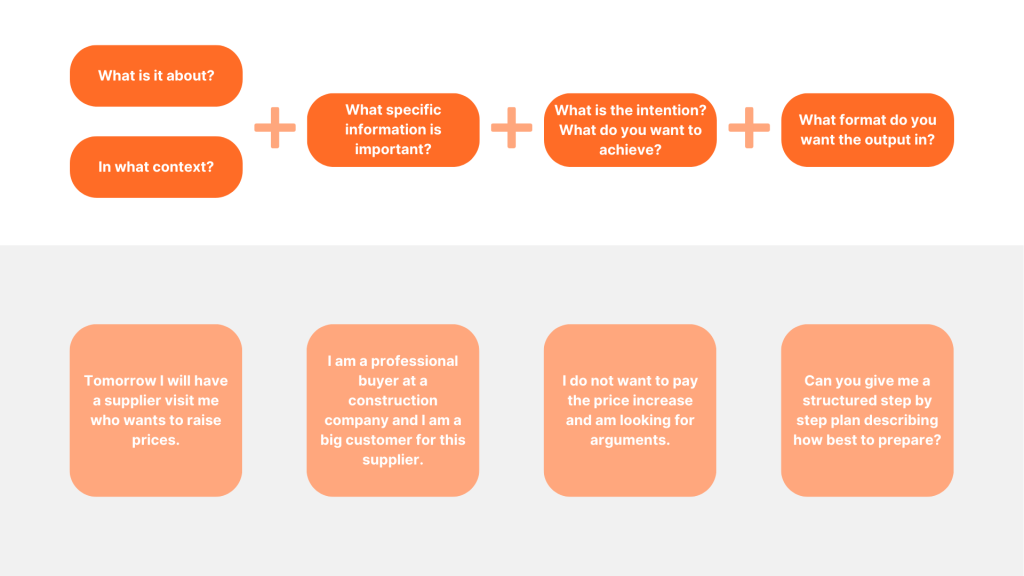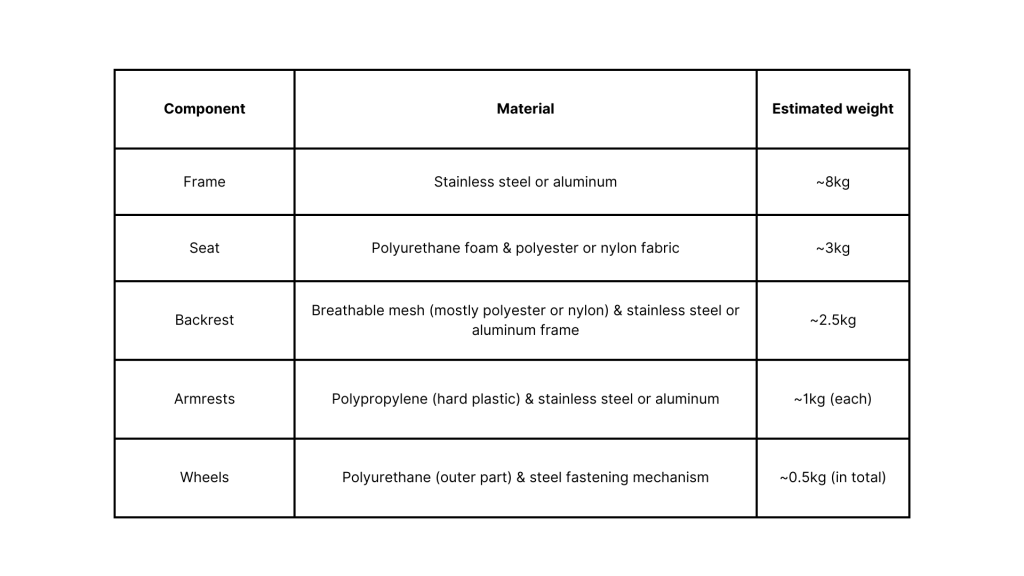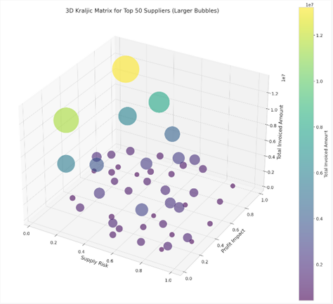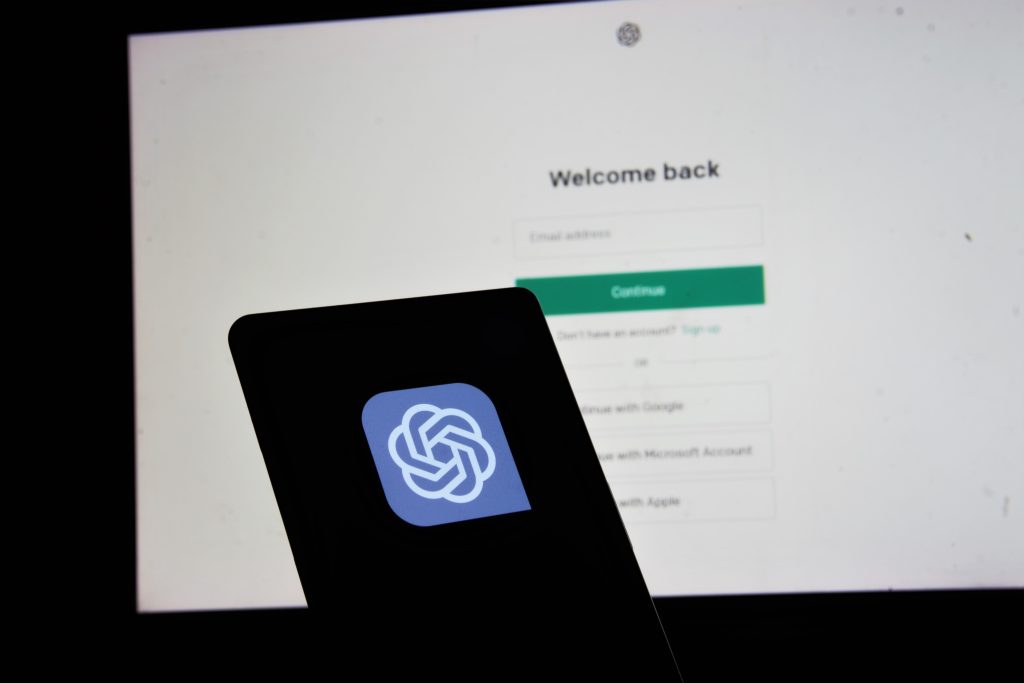This article was published on the site of ‘Inkoperscafé’ and translated for international sharing
Few people doubt the usefulness and impact of artificial intelligence (AI). But the questions procurement managers ask themselves are: what choice should I make within the unlimited possibilities, can I do this myself or do I need external help, what competencies are needed within my team, what about security, and how am I going to ensure all this?
A part of procurement professionals occasionally already work with ChatGPT. Creating an email or improving a contract text with AI is becoming normal. This is almost all done with the free version of ChatGPT. The major game changer that many did not see coming is ChatGPT’s Advanced Data Analysis (ADA). Since then, there’s no turning back. Here’s a behind-the-scenes look and tips for every procurement professional.
What is ADA?
ChatGPT, developed by OpenAI, has already impressed with its ability to generate intelligent texts. But the recent addition of the Advanced Data Analysis (ADA) feature within the paid version (ChatGPT Plus and ChatGPT Enterprise) has significantly expanded its capabilities. This feature allows the user to analyze data, create graphs, solve mathematical problems, and read and edit files. This means that complex data analyses, previously the domain of data science, are now within reach for a broader group of professionals. There are four logical steps you could go through.
Step 1: Deploy
If you haven’t started experimenting yet, start immediately. Curiosity is a core competency for a good buyer. You want to know what’s available in the world, both commercially and operationally and technically. Learn how to write a good prompt (formulated question) and enjoy your new assistant. And of course, sometimes it tells you something that’s not quite right, but that’s why you’ve cultivated years of healthy, human common sense. An effective prompt consists of four elements:

Step 2: Adopt
You’ll quickly find useful applications. Here are a few practical, well-applicable, and effective options within procurement:
- Spend analysis: If you want to quickly gain insight into your spending, you can easily upload files and have them analyzed by ADA in GPT 4.0. Make sure to anonymize sensitive data and turn off the option that allows your data to be used for training purposes.
- Kraljic matrix: All the theories that Mr. Kraljic has ever written can be applied to your specific situation. Share your input as extensively as possible, write a good prompt, and let ChatGPT automatically generate the Kraljic matrix and/or categorize suppliers.
- Sourcing: If you are looking for a good producer or an alternative for an existing supplier, your virtual assistant will help you search. After your setup (see step 1), consider the following prompts: in which region is XYZ produced, where do the materials come from, and which countries export most of this material to the Netherlands?
- Data cleaning and enrichment: Maybe your files are not entirely correct: duplicate creditors, incomplete NAW (Name, Address, and Workplace) data, wrong categories, incorrect punctuation. Everything can be cleaned and ironed.
- Cost modeling: Within WTP, all data is available to make a quick cost price breakdown, but sometimes a Bill of Material is not known within the organization. Here, ChatGPT is very handy in recognizing an image (image search) and inquiring about materials. It provides detailed insights into the types and applications.
What components and materials make up ‘this’ office chair, and add in a table an indication of the average weight.

Step 3: Exploit
Within many procurement organizations, the role of the data analyst is becoming increasingly important. A specialist who does analysis work for the (commercial) employees, so they can focus on more strategic procurement matters. It’s ideal to place AI-driven analyses with this person or,
in larger companies, within a Center of Excellence. They can validate new methods, focus on security, and ensure these practices are integrated within the procurement department.
Step 4: Automate
Finally, you’ll start automating. Everything that has proven useful (steps 2 and 3) can be uniformly and consistently implemented within new procedures and systems. By applying Interfaces and building a personal assistant (GPT), you can automate processes, allowing you to get back to what you do best: even better procurement; because that remains the most enjoyable part.
The future
It remains speculative, but it seems we are getting closer to Artificial General Intelligence. A machine capable of self-improvement. Think of it as a combination of the algorithm that defeated the Go world champion with GPT-4 or any of its successors. Endless amounts of data and computing power are combined with human intelligence. Crucial here is the impact of training data. The battle to own valuable data has begun. Rumor has it that parties like X are blocking their API to prevent their valuable and unique data from being freely available. Data proves to be King again; good (training) data will eventually make the difference. Even though LLMs (Large Language Models) like OpenAI’s GPT-4, Google’s Bard, and Meta’s Llama can already generate a staggering amount of data to train other models, fresh, current, and quality data from practice becomes crucial.
“Chill out & panic,” says Sundar Pichai, CEO of Google. And that’s exactly what we need to do now. Enjoy all the amazing possibilities that exist, but also feel the urgency and stand up. Start experimenting, share experiences within the team, and repeat what works.

Article written by: Robert Driessen (WTP Buynamics) and Rob van der Coevering (Enjoy A.I.)







